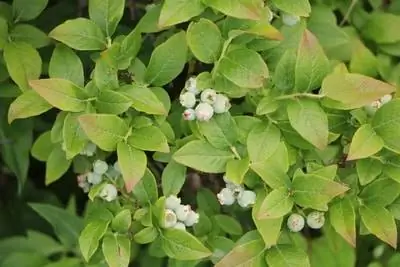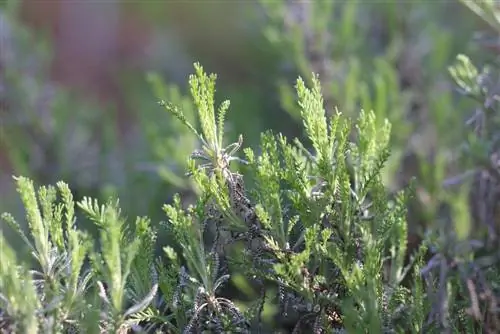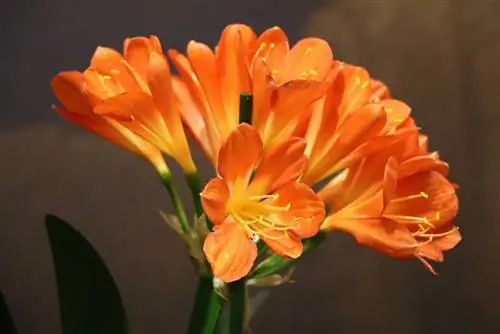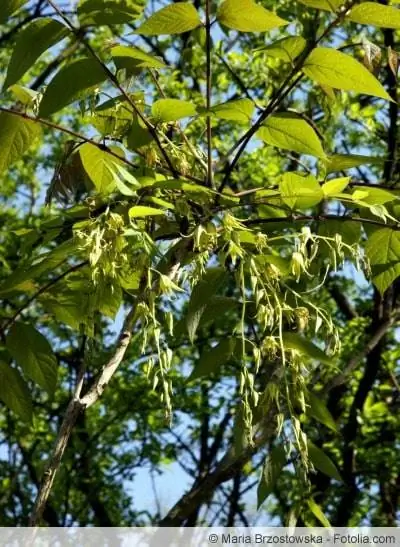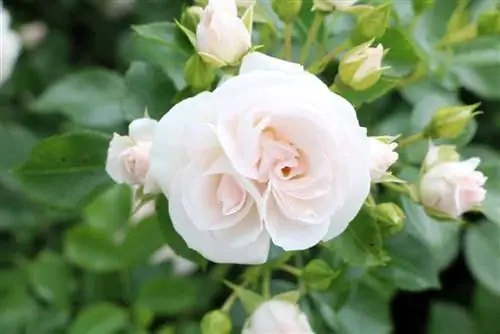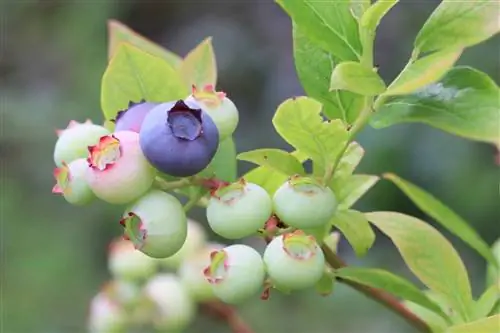- Author admin [email protected].
- Public 2023-12-17 03:39.
- Last modified 2025-06-01 06:48.
Blueberries have been one of the most sought-after shrubs for years, which is no wonder given how easy they are to cultivate, care and propagate. And yet the blue berries only came into the public eye when their he alth benefits were (re)discovered. This also made it interesting for plant production to sell blueberry bushes to private home gardeners; in recent years, new cultivars of cultivated blueberries have come onto the market. Beautiful bushes, delicious blueberries, just not so talented when it comes to he alth
Blueberry culture profile
- Planting blueberry bushes causes few problems
- You can even choose whether to plant in spring or fall
- Blueberries come from cold regions and can definitely withstand both conditions
- Soil preparation is likely to be more of a headache
- Because it is often recommended to create a bog bed for blueberries
- The quick way out would be blueberries in a raised bed or in a bucket
- If you are keen on the he althy ingredients of blueberries, you have to deal with the types anyway
- Because the cultivated blueberries from the garden center all come from blueberry species from the USA and the surrounding area
- They certainly have a few vitamins, but only the local wild blueberry is suitable as a remedy
- If you cultivate them (it's worth a try), your garden soil can retain its he althy pH values
The blueberry and the acidic soil
When it comes to whether blueberries can be grown in a particular garden, you will always be confronted with the claim that blueberries only grow in acidic soil. For gardeners who are familiar with the soil in their garden, this is an exclusion criterion for growing blueberries. They do not have acidic soil in their gardens, but are happy that it has a normal, he althy pH value. However, a distinction must be made when it comes to soil for growing blueberries:
1. Real blueberries
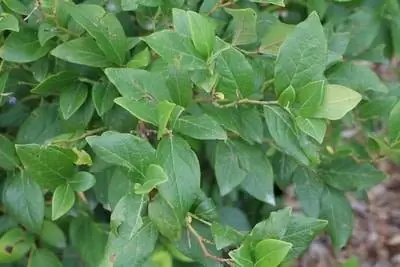
Our real blueberry, the blueberry (or blackberry, minor berry, wild berry, wild berry, bickberry, tickberry, cranberry, hayberry) from the forest, is a species of the blueberry genus with the botanical name Vaccinium myrtillus, which actually occurs on grows in acidic soils.
ALSO on acidic soils - like other plants that, according to the sales description, are supposed to thrive “only in acidic soil”, it actually simply tolerates deviations towards “acidic” better/to a greater extent than deviations towards “basic”. This refers to deviations from the normal pH value, which is in the neutral range for normal garden soil (values between 6 and 7 (6, 3-6, 8) enable normal plants to absorb the best nutrients). That's why normal plants prefer to grow in soil with such pH values, and you can bet that our blueberries are among the normal plants: Even if someone knows individual people who have never picked blueberries in the wild, they certainly know it Overall, more people who have already done this, from which we can logically conclude that most people have already picked blueberries in the wild - a plant that most of 80 million German citizens have already picked in the wild, is probably not one of the exotic species that has had to adapt to extreme locations.
The local blueberry sees it the same way and grows not only in acidic soil, but also in normal soil; the tolerated pH range should be from 5.6 to 7.5.
“Doesn’t have to be an exclusion criterion” because this only applies to gardeners who use information and supply sources other than mass retail. Only these gardeners will be able to source native blueberries for their garden; via an organic nursery, a swap meet and possibly directly from the nearest blueberry stand in the wild. Then of course in the form of seeds or cuttings, because digging them up would be an outrage against nature (and the forester must also approve more than one or two cuttings).
2. Garden or cultivated blueberries
If you ask for a blueberry bush at the nearest garden center, you will get a so-called cultivated blueberry. These cultivated blueberries or bush blueberries (no distinguishing feature, V. myrtillus also grows as a bush, just very smaller) originated on another continent; more specifically, they were bred in North America to be grown in plantations. Mainly from the American blueberry Vaccinium corymbosum; and this blueberry is known to have occupied very specific extreme locations in its development area: swampy meadows and damp forests on the east coast of the American continent, from Florida and Louisiana in the south to Newfoundland in Canada.
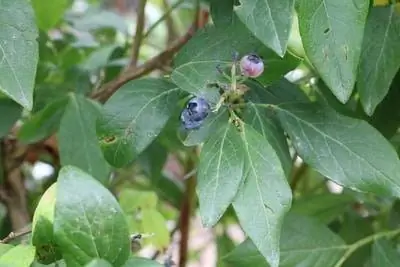
Many garden blueberries should really only tolerate acidic soil. In the cultural instructions
It is therefore usually recommended to first create a so-called bog bed for them. This is what happens:
- Dig out he althy garden soil to about a hand's breadth below the root depth of the selected blueberry variety
- Refill with ericaceous soil and peat (for the environmentally conscious: peat substitute)
- The pH value of the soil should now have dropped significantly, target value between 4.5 and 5.5
- Test strips from garden shops provide information
- If applicable. improve with acidifying agents also available from garden shops
If a cultivar grown from Vaccinium corymbosum is placed in soil with too high a pH value, it is said to cause problems, e.g. B. because plants in soils with high pH values do not absorb enough iron.
Tip:
There are gardeners who shy away from artificially acidifying part of their garden soil (which will certainly not retain the acid, even in raised beds, because of the drainage). These gardeners definitely don't want a moor bed in their garden, but rather leave moor soil and peat in the moor because the moors fulfill important climate protection functions. Sales descriptions á la “acidic, humus-rich soil required. “Easy to produce with plenty of peat and aluminum sulfate” with a subtle reference to the house brand aluminum sulfate, so they ignore it - and either put their blueberry bushes in pots with acidic compost soil or try growing blueberries in normal soil (more on this in the tip after next).
Planting blueberries
Apart from the soil, the best location for blueberry bushes should have the following characteristics:
- Part shade to open sunny
- Happy to protect deciduous and coniferous trees
- Definitely protected from cold downdrafts
- Distance depending on variety and maximum height (cultivated blueberries can grow up to 2 m high)
- Makes approx. 1 square meter of space per blueberry so that the bush can develop freely
- The humus content should be rather high for a garden soil
- The soil should also have good water storage capacity
- The ancestor of the cultivated blueberry grew partly in swamps, it always needs sufficient moisture
- If the soil is very firm, this may mean that the soil needs to be loosened before planting
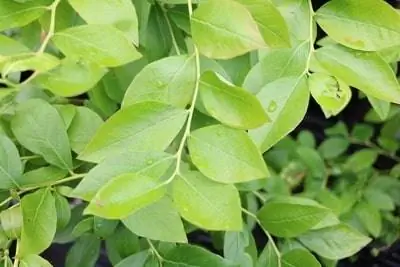
Ecologically, the native V. myrtillus is so interesting for local small game and insects that it should be placed at the back of the garden to give wildlife undisturbed access. The green shoots are important food for many smaller wild animals in winter (foxes, capercaillies and songbirds), and the dwarf shrub also provides protection and food for the caterpillars of numerous endangered butterfly species.
The North American blueberry bushes are visited by omnivorous insects (fruit ripening: birds), which are not endangered anyway. They are therefore ecologically less interesting (not “species savers”) and can be settled in garden areas where “there is always something going on” without any loss to the animal world. This is probably the best location for the harvest because these not very aromatic blueberries are mainly consumed as “sweet berries”.
There are no other special features to report about planting the bushes; If you are planting a tree for the first time, you will find e.g. B. in the article “Planting raspberries - this is how you plant raspberry plants” there are detailed instructions. Adequate moisture supply is particularly important during the rooting period. To do this, it is particularly recommended to mulch every free piece of soil under the blueberries; However, in the event of prolonged drought, additional irrigation is required.
Tip:
Cultivated blueberries and native blueberries also differ in their ingredients: only the native Vaccinium myrtillus is effective for he alth; only its leaves and berries are listed dried as “Myrtilli folium” and “Myrtilli fructus” in the European Pharmacopoeia. Only the whole berry contains the blue plant pigment anthocyanin, which has, among other things, antioxidant and anti-inflammatory effects. In the descendants of the American Vaccinium corymbosum and other New World Vaccinium species, the dyes are only in the shell; they have little more to contribute to human he alth than a few vitamins.
Propagate blueberry bushes
Blueberries require little care and are such pleasant plants overall that blueberry buyers usually want to plant even more blueberries in their garden. The easiest and cheapest way to do this is through propagation; Whether you have to take action depends on the type:
- Blueberry bushes from North American species have mostly lost the ability to reproduce naturally
- Every blueberry occasionally benefits from a cut (you can find out more about this in the article “Cutting blueberries - instructions”)
- Then the cut shoots of the cultivated blueberries can be used as cuttings for propagation
- It is best to root cuttings cut after the fruit has been harvested
- Place 10 to 15 cm long shoots in lime-free substrate
- Keep evenly moist, cover the growing pots, the young plants will appear after 6-8 weeks
- Propagate directly on site using lowering tools
- Fix the branch to the ground, you can separate young plants from the mother plant in the following season at the latest
- It takes a little patience until the first harvest, cuttings usually only produce full yields in the fourth year
- Sowing blueberries also works, but only brings joy to relaxed gardeners: the late bloomers need 7-9 years until they produce full yields
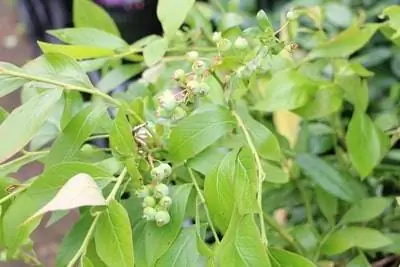
If you were able to establish native Vaccinium myrtillus in your garden, you won't have to work with propagation either; The wild blueberry does this itself, just like in the wild, through root runners and natural sinkers.
The cultivars of blueberry bushes
As already mentioned, the American blueberry Vaccinium corymbosum is usually used as a starting plant for breeding; a blueberry with strong growth and a maximum height of up to 2 m, whose larger berries produce larger harvests overall. There are also cultivars that are based on crosses between V. corymbosum and the North American-Canadian V. angustifolium or other Vaccinium species; The many varieties arose because blueberries have been bred in America, New Zealand and Australia since the beginning of the 20th century.
In the article about pruning blueberries you will find a list of the most famous varieties of cultivated blueberries, because you need to know how to prune the variety that is already in your garden. When it comes to choosing blueberries, a list would currently be meaningless or nothing more than a snapshot. For the following reason: Blueberry breeding (the results of which are only incidentally marketed to hobby gardeners) comes from commercial cultivation, where completely different aspects than taste and he althy ingredients are in the foreground.
Since German consumers are already sensitized to the fatal effects of “trade-optimized breeding” on our apple varieties (more on this, e.g. B. in the article “Gold Parma apple - care instructions and experiences”), the poor taste of the American cultivars in this country is noticeable.
Gardeners who have more in mind than quick plant production are reacting to this. There is currently a lot of movement in blueberry breeding for German-speaking countries and the offering is constantly changing.
The local blueberry cultivation is not just limited to attempts to give foreign guests more flavor, but is also intensively concerned with the culture of the truly he althy original. The original Vaccinium myrtillus is now propagated in several nurseries and sold as young plants, and with the Vaccinium myrtillus 'Sylvana' the first breeding variety of wild blueberries is now on sale (said to have been created in real, selective breeding without artificial influence and until standardization /Increase in yield hasn't changed much).

